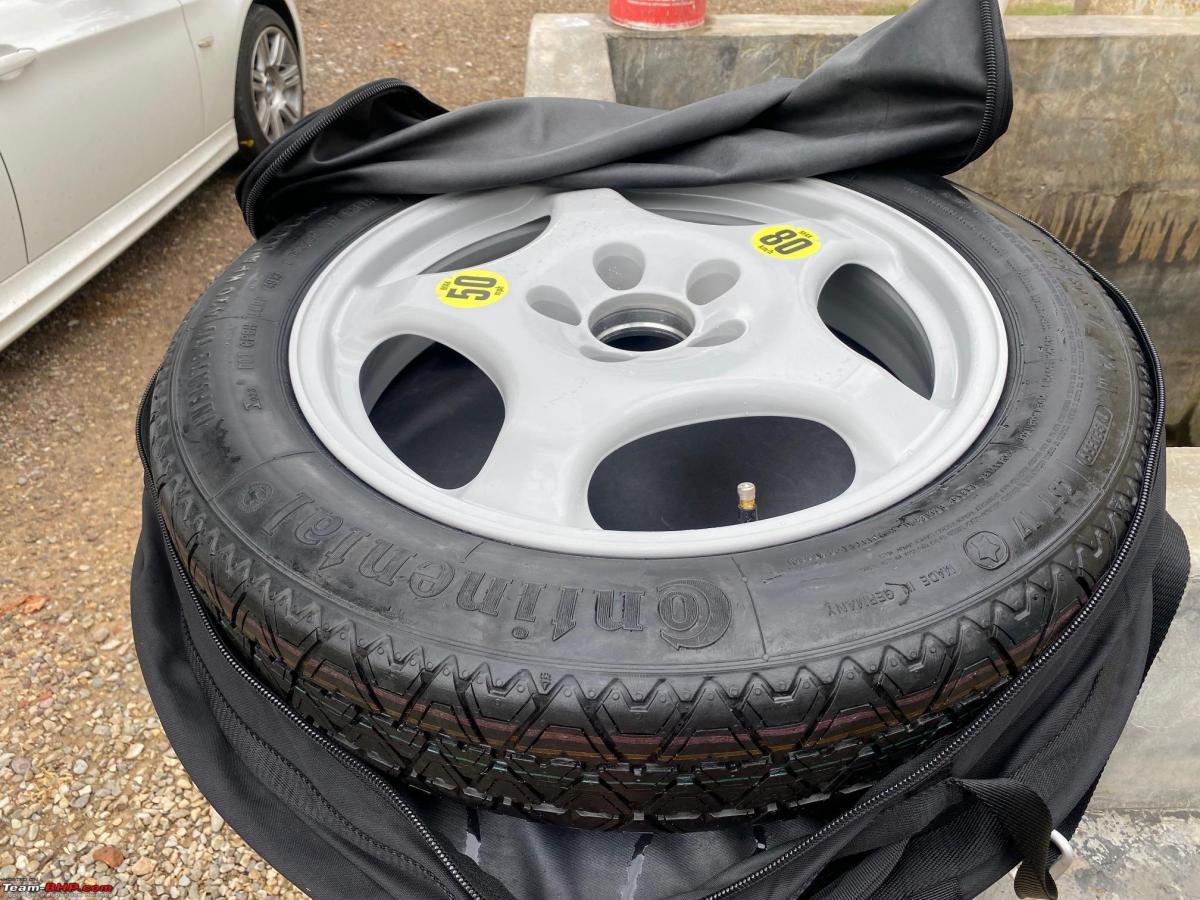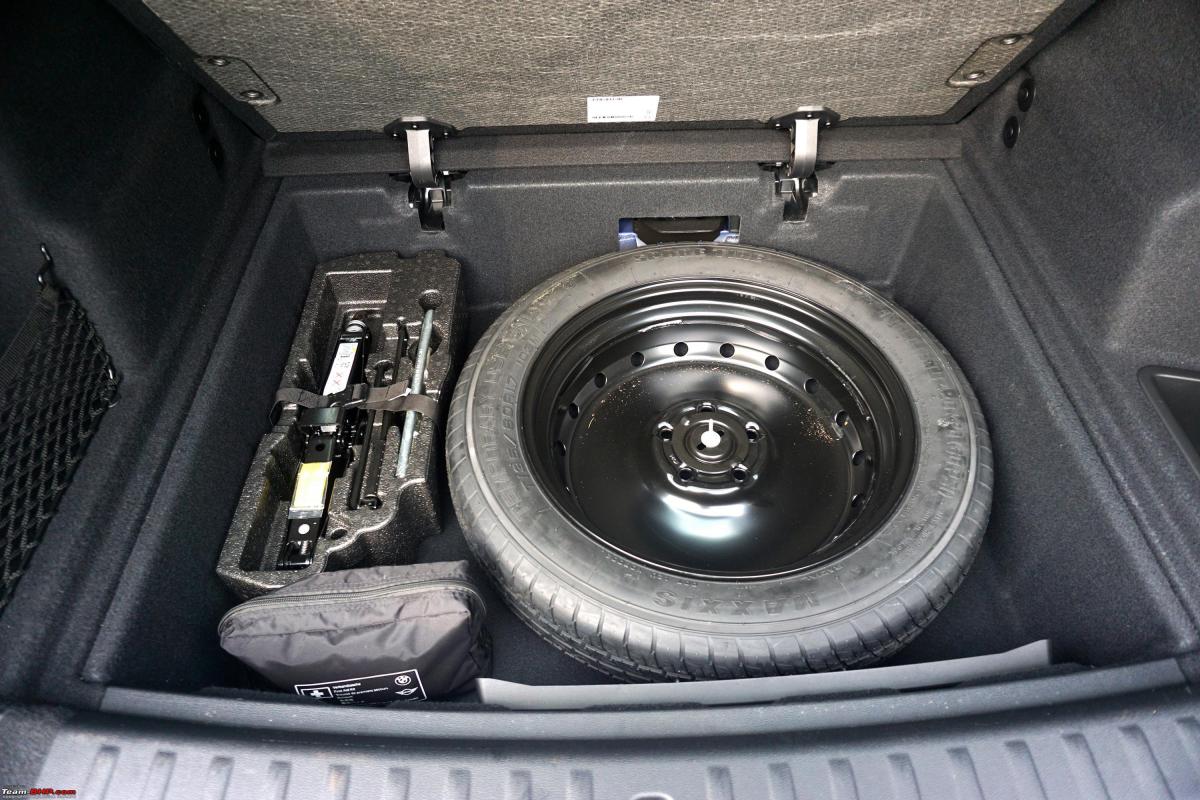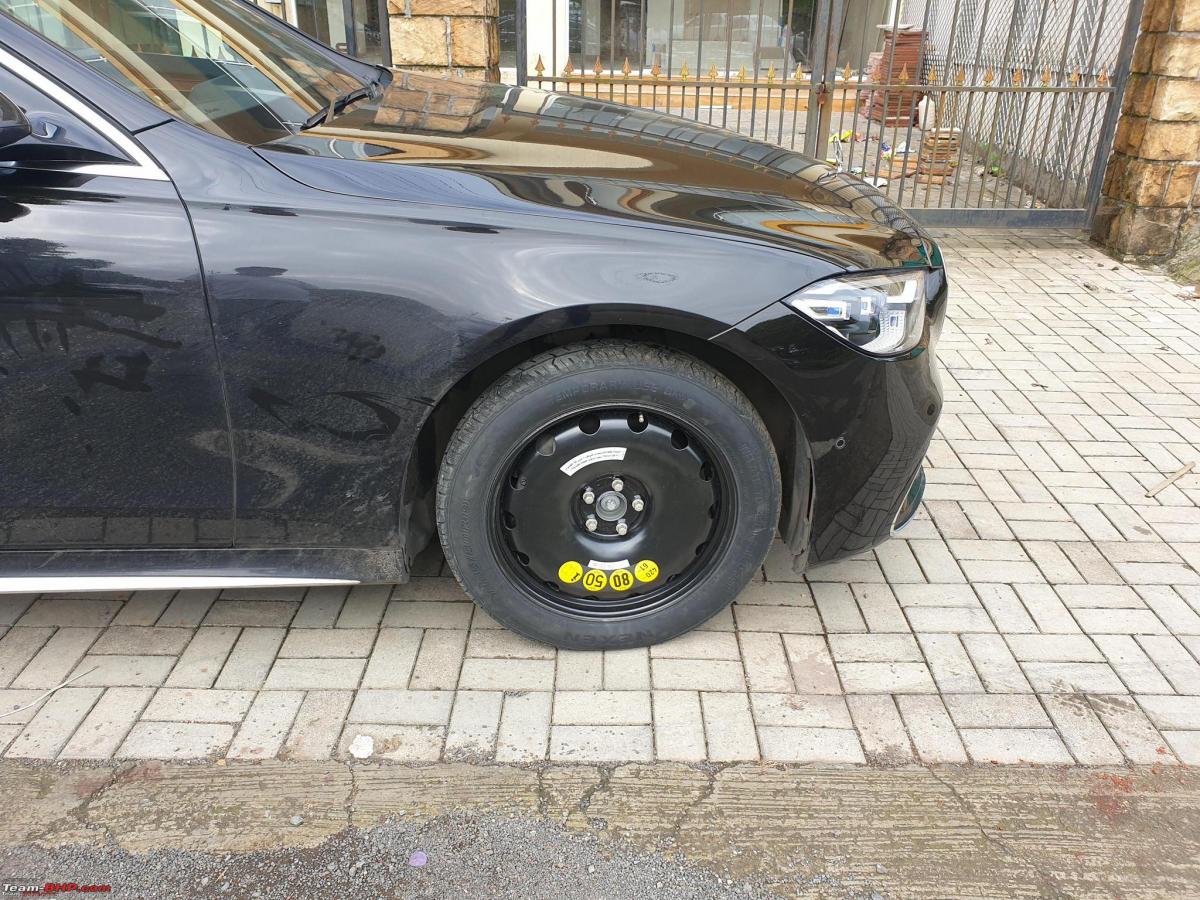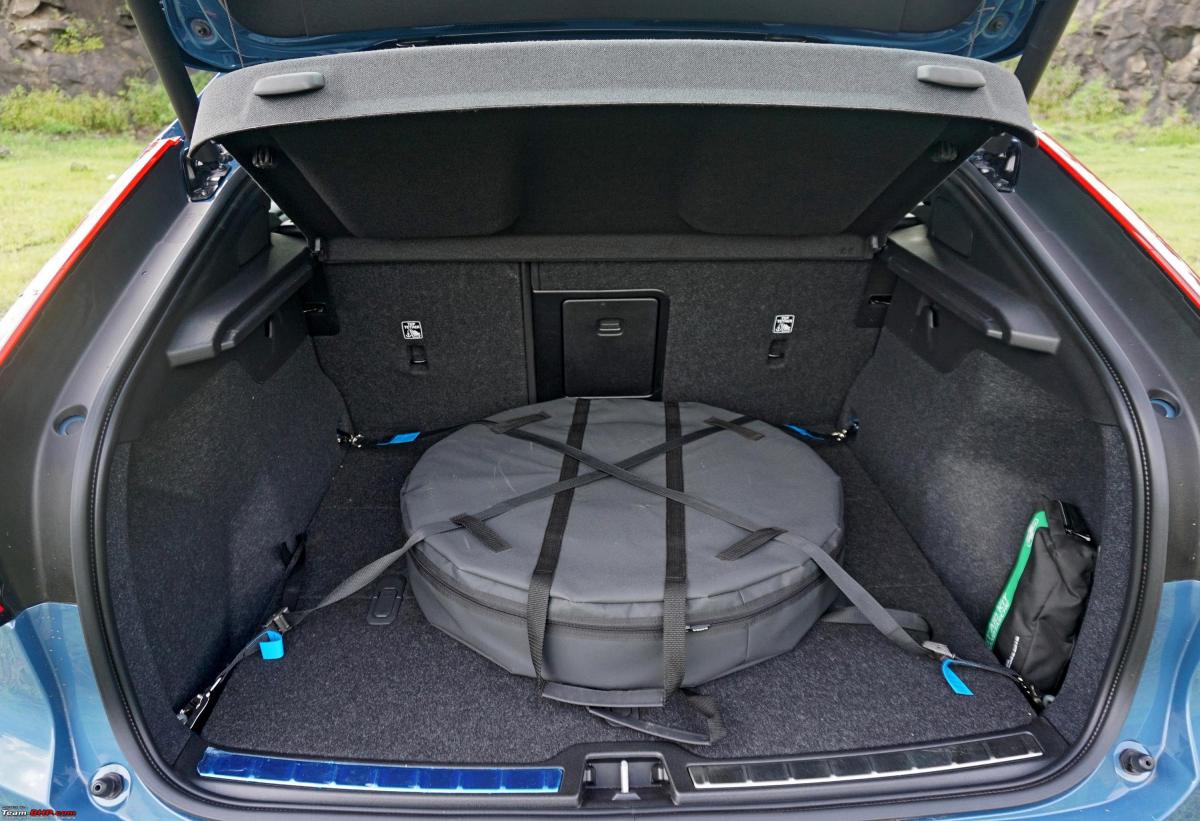News
Space saver spare tyres in modern day cars: Pros & cons explained
In recent times, some manufacturers (mostly luxury carmakers) have started fitting vehicles with run-flat tyres and eliminating the need for a spare tyre altogether.
Pros and cons of space saver spare tyres

Tyres are probably one of the most important components of your car. A tyre failure can stop you in your tracks quite literally. While tyre technology has kept on improving and punctures and blow-outs are not as common as they used to be, no one is immune to them. Once in a while, things do go wrong. In such times, it is always good to have a spare tyre in your car's boot.
In the past, most cars came with a spare tyre that was identical in size to the other four tyres. However, over the years, we have seen a change. In recent times, some manufacturers (mostly luxury carmakers) have started fitting vehicles with run-flat tyres and eliminating the need for a spare tyre altogether. Others supply a skinny wheel-tyre combo called a space saver instead of a full-size spare tyre. This is done to limit the boot space taken up by a spare tyre. In some cases, this space saver is provided only because the laws of certain countries require cars to carry a spare tyre.
Like everything in this world, space savers have pros and cons. Here's a look at some of them.
Pros of space saver tyres
- Storage space: As the name suggests, these tyres save space. They are more compact than full-size spares and as a result, take up less boot space. This means there is more space to store luggage. In smaller vehicles, this can be a boon. It's better to have one of these than no spare tyre at all.

- Fuel efficiency: Space savers are lighter than full-size tyres. This means the car's engine does not have a lot of weight to pull. This results in better fuel efficiency and lower emissions.
- Cost: Space saver tyres do not cost as much as full-size spares. This helps the car manufacturer save some money. This saving may be passed on to the car buyer. It will also mean that when it comes to replacement, the car owners don't need to shell out a lot of money.
- Reminder to repair the flat tyre: Space savers look significantly different compared to the regular wheels of the car. Whenever a car owner sees a space saver on his car instead of one of the regular wheels, he will remember that he has a flat tyre in the boot that needs to be repaired/replaced. This will ensure that he is not in trouble the next time there is a flat tyre.
Cons of space saver spare tyres
- Limited speed: Most of these tyres have a maximum permissible speed of up to 80 km/h. While this is fine if you are in a town, it is a royal pain if you are on a highway or expressway with a speed limit of 100 km/h. Imagine driving a high-performance Mercedes or BMW for 100 - 1

- Limited strength and range: These tyres are designed to get you to the nearest tyre shop or home. The materials used and construction lack the strength that is essential for regular driving. They can be used for just a few hundred kilometres before becoming worn out and needing replacement. Space savers are not as durable as full-size spare tyres.
- Less control: A space saver is skinny and has a smaller contact patch than a regular tyre. It does not offer the same traction as a full-size tyre. It also doesn't offer the same control with regard to stability, handling, steering or braking as a full-size spare. This will prove to be a disadvantage during emergency manoeuvres.
- Mechanical damage: Space savers are smaller in diameter than regular tyres. Long-term use of these can put a lot of stress on the car's differential resulting in damage.
- Storage of flat tyre: A flat full-size tyre might not fit in the space in the boot designed to carry a space saver. This means it will take up more space in the boot. Some cars carry their spare tyres above the boot floor. In such a case it will be difficult to store the flat tyre in the boot especially if it is full of luggage. This might require the flat tyre to be stored in the cabin.

Here's what BHPian androdev had to say on the matter:
All that these manufacturers had to do was to provide wheel well to accommodate a full size tire and not offer any spare tire at all. They would have met all their goals of cost savings and fuel efficiency and still give the customer the choice of buying a full size wheel. Instead they came up with this totally useless idea of a space saver which helps nobody.
Here's what BHPian MSAneesh had to say on the matter:
While I always had the pros and cons in mind, it never occurred to me about the issue of storing a full size wheel on getting a flat tyre
I dread it now, my boot is usually packed to full on long drives, and can't imagine keeping the dirty used wheel in the cabin (that too unsecured).
Here's what BHPian Ajmat had to say on the matter:
While I always had the pros and cons in mind, it never occurred to me about the issue of storing a full size wheel on getting a flat tyre
I dread it now, my boot is usually packed to full on long drives, and can't imagine keeping the dirty used wheel in the cabin (that too unsecured).
Read BHPian comments for more insights and information.


















